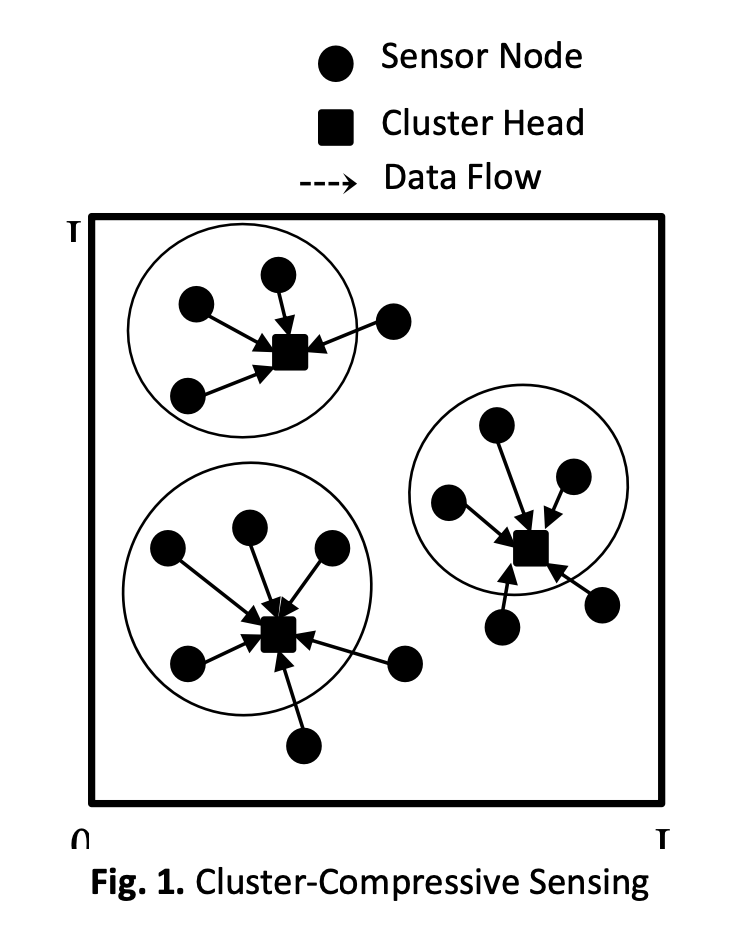Compressive Sensing Path for Optimal Data Transmission in Underwater Acoustic Sensor Network
DOI:
https://doi.org/10.37934/aram.108.1.4755Keywords:
Compressive sensing, optimal path, routing, underwater, sensor networkAbstract
The recent researchers have developed a range of techniques to decrease the power usage of underwater sensor networks. These methods include clustering, compressive sensing, and the implementation of a block diagonal matrix. By integrating the clustering process with either a block diagonal or compressive sensing matrix, a notable reduction in the energy needed for transmitting and receiving sensor data can be achieved. This outcome leads to an acceleration in the speed of data transmission and reception. To expedite the transfer of compressed sensing measurement data from the cluster head to the base station, a routing strategy that prioritizes the shortest viable path has been created. Additionally, the communication of compressive sensing outcomes within clusters is facilitated by making use of arbitrary directions. In summary, these techniques offer an efficient approach to optimize energy consumption and elevate the overall performance of underwater sensor networks.
Downloads



























